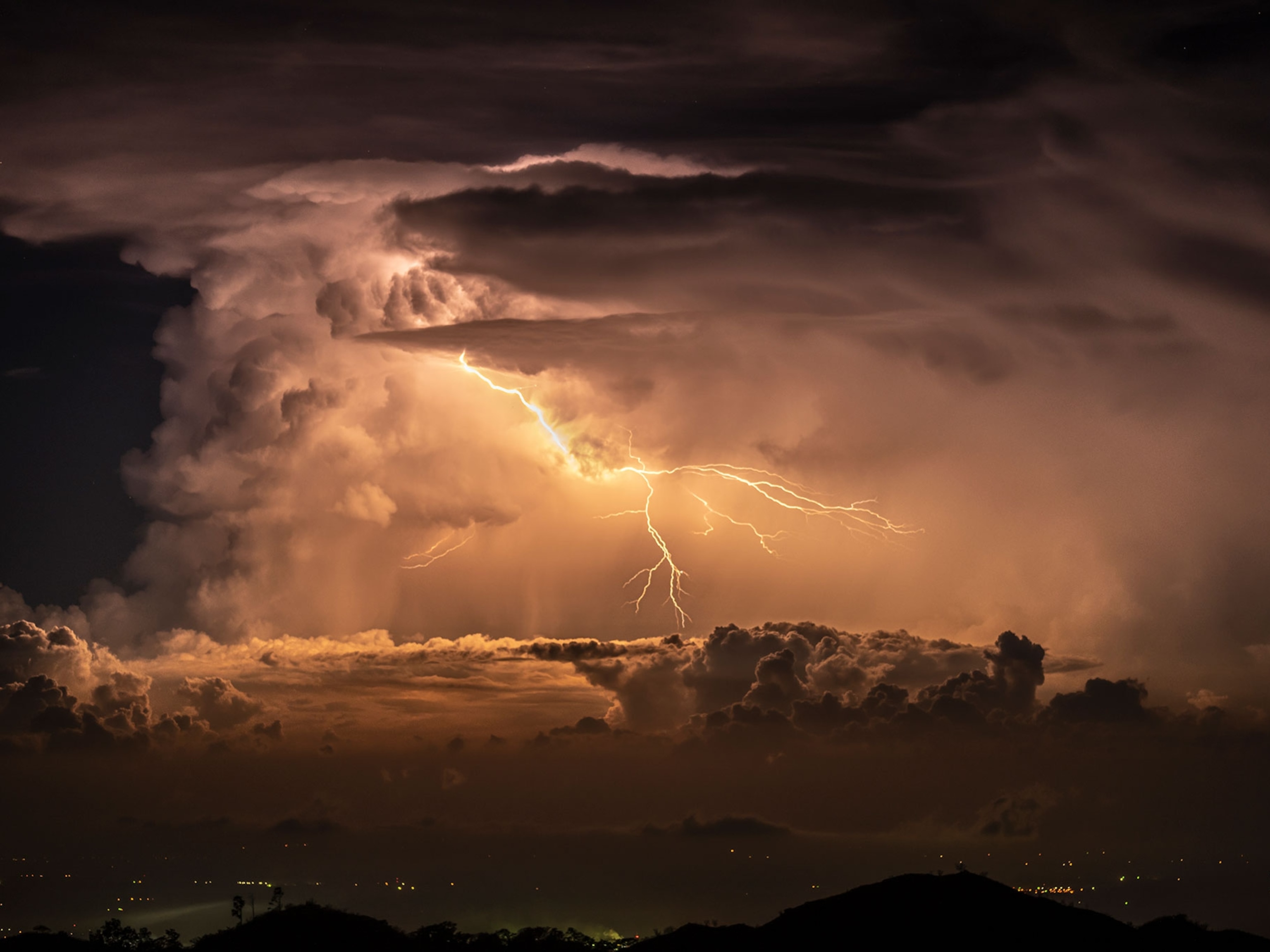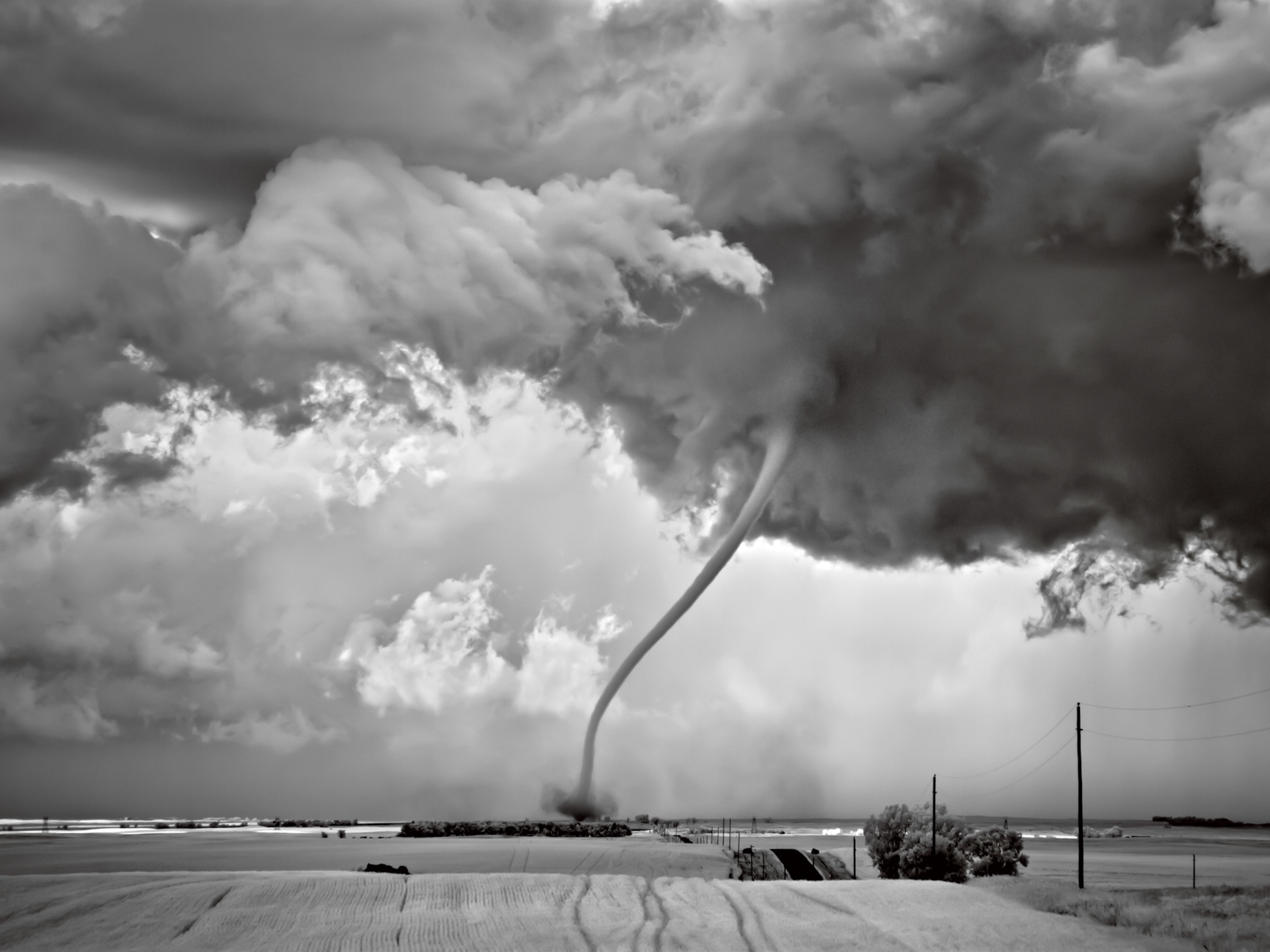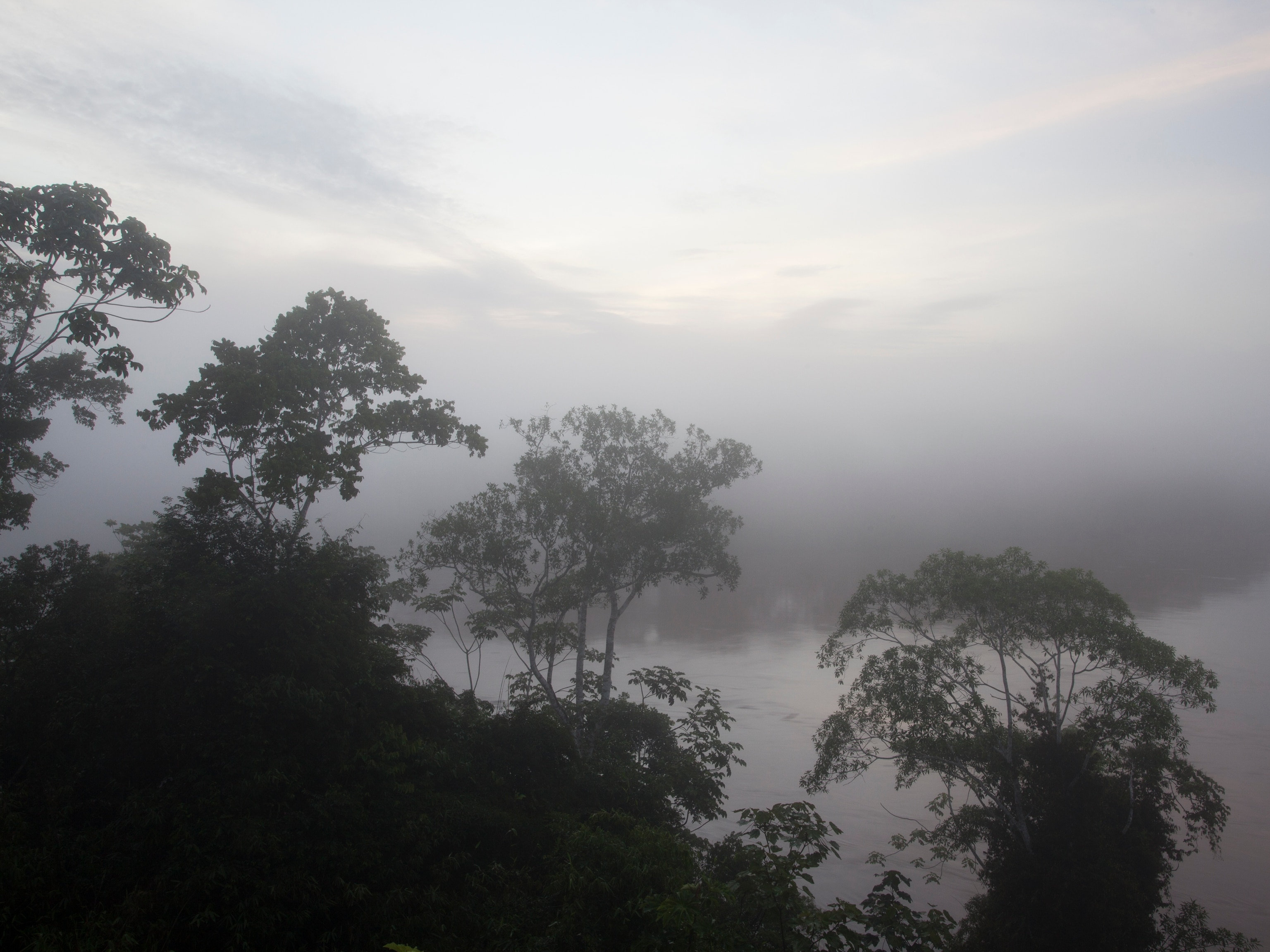Science Behind 3 Viral Polar Vortex Videos: Instant Snow, Ice Fog, Frozen Bubbles
Instant snow, ice fog, and frozen bubbles—get the science behind the phenomena.
It was so cold in some parts of the United States this week that boiling water turned to snow as soon as it was thrown into the air. A video by Wisconsin meteorologist Eric Holthaus that illustrated the phenomenon has gone viral. (Related: "Best Photos From the Polar Vortex.")
The video shows Holthaus boiling a pot of water and throwing it into his front yard. The hot water seems to freeze instantly in the air and then falls to the ground as snow. (We don't recommend that you try this at home.)
It's not the only video of "would you believe it?" cold-weather fun making the rounds online. Clips of frozen vapor clouds forming over Lake Michigan and of soap bubbles crystallizing before hitting the ground have also taken off. (Related: "U.S. Cold Snap: What Do Bitter Temperatures Do to the Human Body?")
Here's the science behind three of the most popular videos:
Boiling Water Turns to Snow
"Water is a special substance," says Taneil Uttal, an arctic climatologist for the National Oceanic and Atmospheric Administration (NOAA), because it can exist as a liquid, a gas, and a solid at the same time.
This is known as the triple point, and temperatures need to reach 0.01°C (32.018°F) for this to happen, Uttal explained.
When you boil water, you're adding energy in the form of heat to water in its liquid state. That energy moves the molecules farther away from each other until the water vaporizes into a gaseous state.
"When you throw [boiling water] into the air, the hot water forms into hot droplets," says Uttal.
Because they're so hot, those tiny water droplets start to vaporize. But since cold air can't hold as much water vapor as warmer air, the water condenses. Extremely cold temperatures quickly freeze the water droplets, which fall as ice crystals.
This explanation also applies to another viral video of a man in Ontario shooting steam from a water gun outside at -41°C (-41.8°F). The hot water in the water gun hits the cold air and instantly condenses into ice crystals.
Frozen Cloud Over Lake Michigan
The water in Lake Michigan hasn't frozen yet—it's still relatively warm. And during typical U.S. winters, the air is warm enough that when water evaporates, you can't view the droplets without a microscope. But in extremely cold temperatures, water vapor freezes instantly and creates ice fog, as in this video.
"In the Arctic, we call this riming," explains Uttal, whose research often takes her to the Arctic. "We get rime all over our instruments from the ice fogs."
According to Uttal, temperatures can dip so low that riming can even freeze your eyelashes together. "It's actually why I haven't bought a pair of metal [framed] glasses in a few years. I buy plastic ones to keep the rime from freezing the frames to my face."
Frozen Soap Bubbles
Soap bubbles form when a layer of water molecules gets trapped between two layers of soap molecules. When it's cold outside, the water layer freezes before the soap bubble pops.
After the water layer has solidified, the air inside the bubble will start to diffuse, or spread out. According to Bryan Wunar, director of community initiatives at the Center for the Advancement of Science Education at the Museum of Science and Industry, Chicago, the colder it is outside, the longer the bubble will retain its shape.
"The air inside the bubble will diffuse faster if it's warmer and slower if it's colder," says Wunar. "If it's very cold out, such as the negative temperatures we've seen this week, the bubbles can form ice crystals. Instead of popping, [the bubbles] crack after forming into a crystalline structure."
According to Wunar, you can sometimes see the air diffusing through the semi-rigid soapy structure.
"A very similar process happens with balloons and car tires," he adds.
A balloon in subzero temperatures deflates because the cold slows down the air molecules inside the semi-rigid structure, Wunar explains. "When you bring the balloon back into room temperature, it will slowly inflate again."
He warns that many people in the Midwest are inflating their tires without realizing the tire pressure will increase again once the weather improves: "This is a common mistake. People don't realize they're actually over-inflating their tires."
Wunar says the viral videos are good for the science community.
"It's an extreme event that we're experiencing in the country," he says. "It's exciting that we can use [the cold weather] to encourage people to think critically about the world around them."
Follow Angie McPherson on Twitter.
Correction: An earlier version of this story incorrectly stated that one of the videos was filmed in Toronto. It was actually shot in Ontario.





